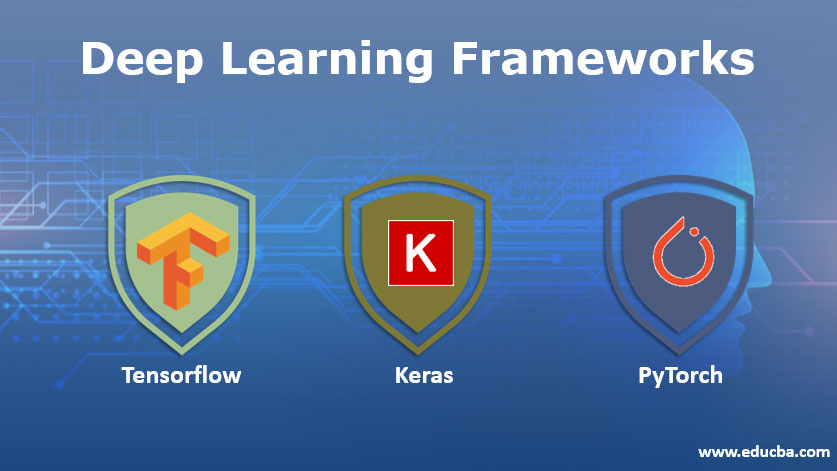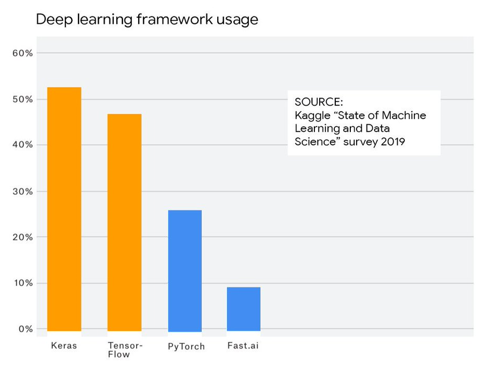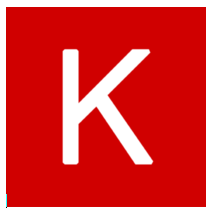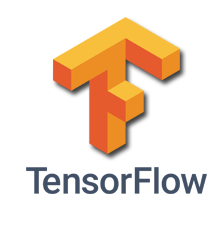Updated March 24, 2023
Introduction to Deep Learning Frameworks
Deep learning includes a neural network which is a subset of linear models that go deep into the layer network to understand complex data patterns to do so, an interface call deep learning framework( like TensorFlow, Keras, Pytorch, Theano, etc.) was introduced, which can be known as the black box that is capable of building the optimized deep learning models, free of cost, platform-independent and is capable of running either on CPU, GPU or TPU.
Frameworks of Deep Learning
Many Deep Learning Frameworks are freely available in the market like TensorFlow, Keras, Pytorch, Theano, MXNet, Caffe, Deeplearning4j, etc. Out of them, the most popularly used frameworks are TensorFlow, Keras, and Pytorch as seen from the usage statistics from the 2019 survey below.
So we will see the detail on the top three deep learning frameworks in decreasing order from the above 2019 usage statistics.
- Keras
- TensorFlow
- PyTorch
Given below are the top three deep learning frameworks in decreasing order:
1. Keras
It is a high-level Open Source Neural Networks framework that is written in Python and uses TensorFlow, CNTK, and Theano as backend. It has good documentation and is easy to use. Thus, it is used in fast-paced environments, preferably in research where fast experimentation results are needed. It is modular and extensible and platform-independent as it can run on CPU, GPU as well as TPUs.
It is compatible with Python 2.7-3.6. It supports two types of model architectures one through Sequential, which is a linear stack of layers, and the other using a Functional programming interface which is used to create complex multi-input/output models, directed acyclic graphs models with shared layers, etc. It can be installed using the python command line installer or through cloning Github repository as it is open-source. It ensures easy readability and is modular. Also, it is extensible as new layers/components can be added easily to the existing model.
2. TensorFlow
It is another popular deep learning framework developed by Google Brains and was used propriety for conducting research. It is written in C++ and Python. It has made complex numerical computations faster. It uses dataflow graphs as a data structure at the backend and the nodes of the graph represent a set of mathematical operations to be performed. The edges of the graph represent multidimensional arrays or tensors.
As it uses C++ for numerical computations as a low-level API which is abstracted by the high-level Python API, it is computationally fast compared to other frameworks. It comes with a Tensorboard, a visualization API that can create interactive dashboards for analyzing and reporting the model performance on the fly. Recently Tensorflow has integrated Keras in its latest v2.0 version as tf.keras package. Like Keras, it is platform-independent and can run on CPU, GPU, and TPUs. It is also open source and it can be installed using python installer or by cloning the Github repository.
3. PyTorch
It is one of the easiest frameworks to use and is used as a replacement for NumPy arrays so that the numerical computations are performed faster on the GPU environment. It uses Tensors does increase the computation speed manifold. The above-discussed frameworks build a neural network and reuse the same structure again and again. If any modification in-network is there, then it has to be built from scratch.
PyTorch uses a technique called reverse-mode auto differentiation, a dynamic technique that allows modifying the neural network with zero lag or overhead. It creates the dataflow graph on the fly. It is easy to debug, memory efficient and is written in Python and C++. It has good documentation and is easier to extend. It is platform-independent and can run on CPU, GPU, and TPUs. It can be installed using a python installer or cloned from the GitHub repository as it is Open Source.
Applications of Deep Learning Framework
1. Natural Language Processing: It uses Deep Learning frameworks to develop model architectures like LSTM, Recurrent Neural Networks, Gated Recurrent Units, Bi-LSTM, Bi-GRU which are used in the following:
- Sentimental Analysis: Text Classification by learning word embeddings
- Part of Speech tagging: Tagging of words/phrases with a key
- Chatbots: Similar to the Question-Answer Model, the model is pretrained with some general queries.
- Document Summarization: Learning through word embeddings
2. Computer Vision: It uses Deep Learning frameworks to develop model architectures like Convolution Neural networks, Region-based CNN, CNN with Attention mechanism, etc. Popular architectures using CNN as backend are VGG-16, VGG-32, ResNet50, Alex Net, Inception Net, etc. which have won various ImageNet competitions.
It is used in the following:
- Face Detection and Recognition: Using Convolution Neural Network-based architectures.
- Image Captions: Using Region-Based Convolution Neural Network with Attention Mechanism provided by Recurrent Neural Network.
- Object Detection: Using YOLO based architectures that are based on Dark Net.
- Generative Autoencoder Networks: Using Autoencoders to colorize the image, generate artistic impressions of an image, etc.
- Video Detection: Treating videos as snapshots of Images with time
3. Feature Engineering: It uses deep learning frameworks to create multidimensional auto-encoders for generating features and understanding the patterns in data. Ensembles of hidden layers can be created which learn improved set of features at each layer.
4. Reinforcement Learning: It has defined the use of AI in role-play based gaming and finds its application in self-driving cars, policy formulation using Markov Decision Processes. It uses State-Action and Reward mechanism as part of model creation.
Conclusion
The above discussed popular deep learning frameworks are being used extensively in different technological areas. Comparing them does not make any sense as each exhibit their own pros and cons depending upon the usage. Active research is still going on and the current market trend is positively justifying it.
Recommended Articles
This has been a guide to Deep Learning Frameworks. Here we discuss the introduction, different frameworks of deep learning, and its applications. You may also have a look at the following articles to learn more –






